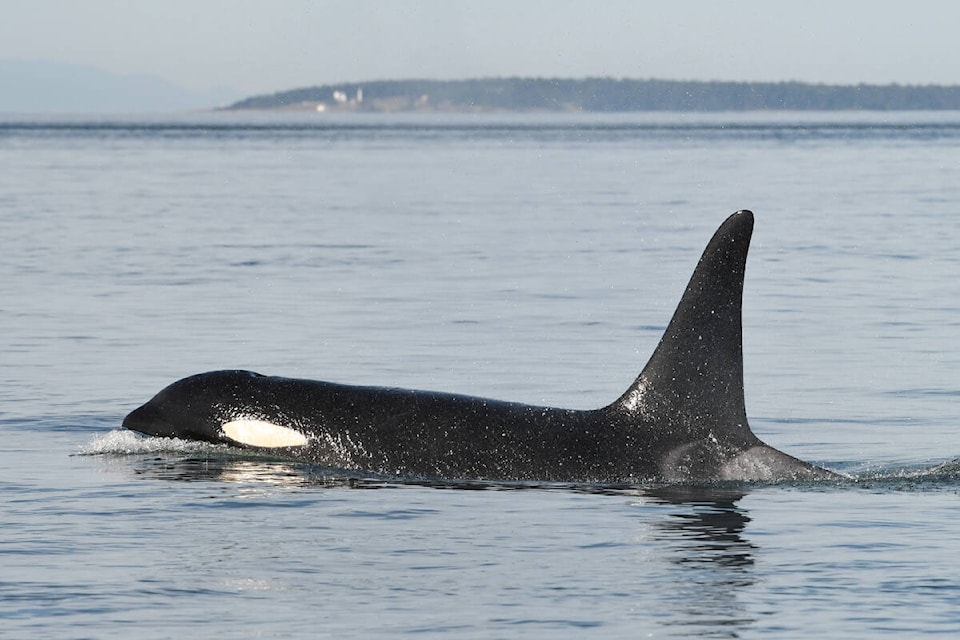Whale groups are watching the ocean carefully for any sign of K34.
The missing southern resident killer whale has not been seen in recent encounters, which has the Center for Whale Research and the Orca Conservancy on the lookout.
The Center for Whale Research’s July 1 census recorded no deaths since 2022, it noted in a social media post. Since this summer’s census, the centre has had three encounters with members of K Pod and all members of the pod were identified during those encounters – except K34.
The 22-year-old male orca has not been seen since July 7. “At the time, K34 appeared somewhat skinny, potentially indicating poor condition.”
Born in 2001 to mother K13, K34’s matriline has lost several members recently including his older brother (K25) and mother (K13).
K34 is also the uncle to the youngest member of K Pod, K45. Spotted in early 2022, K45 is the pod’s first calf since 2011.
“Whales that are missing from encounters with their associates three times or more are very likely to be deceased, however, it’s always possible that K34 shows up again,” the centre noted.
Reports on demographic changes in the southern resident population are done by the Washington-based Center for Whale Research twice a year, representing the population’s status on July 1 and Dec. 1.
“We will be able to make a more complete statement on the status of K34, and all other individuals in the population, as part of our early 2024 population update.”
The Orca Conservancy said in another post that it is unlikely K34 will be found alive, but the group is still desperately hoping he will be identified during the next encounter with K Pod.
“Despite the addition of new calves to the population, the continued loss of established and breeding members is keeping the population at a range in the low 70s when it should be much higher,” the post noted.
“These whales also face issues with lack of genetic diversity, so losing another breeding member will only contribute to this issue.”
ALSO READ:



